Problems we solve
Incomplete Healing
Visually improves the appearance and texture of the scar surface.
Scar Color
Neutralizes unwanted scar tone (white, red or blue).
Scar Visibility
Special pigmentation reduces the contrast of scars with the surrounding skin tone.
Benefits
Natural Camouflage
Pigments accurately mimic your natural skin tone.
Self Confidence Recovery
Restores emotional comfort and self-confidence.
Long Lasting Effect
The correction is persistent and persists over a long period of time.
Why choose scar camouflage?
Medical micropigmentation is one of several solutions that is activated to combine scars with the natural tone of the skin, which eliminates scars and visible wrinkles. This method gives confidence and allows you to feel comfortable even in cases where scars are in visible areas of the body.
About procedure and the results
The procedure takes place in several stages using special dermatologically tested pigments, which are applied in layers, providing a long-lasting and natural result. Scar camouflage is painless, does not require a recovery period, and the effect persists up to 3 years.
Medical Micropigmentation — Scar Camouflage
A long-lasting treatment that effectively makes skin defects invisible by adjusting them to the natural tone of the skin.
⚠️ Important Considerations
- Not recommended during pregnancy or breastfeeding
- Avoid taking blood-thinning medications 48 hours before
- Avoid sunbathing for 2 weeks in advance
- inform us about any skin diseases or allergies
- Avoid alcohol and caffeine 24 hours before the procedure
Correction of medical micropigmentation
To achieve an optimal result, the medical micropigmentation procedure must be carried out repeatedly, at least twice. A correction is a month after the first procedure, to the fixation of the pigment in the skin, the intensity of the tone, to the tone of the drawing or painting.
At this station, it is not possible to consolidate the existing result, but also to adjust the air temperature in order to achieve naturalness and harmony with the skin tone.
Regular adjustments guarantee a long-term lasting effect and a precisely tailored final result that fully meets the wishes of the customer.
Services and prices
SCAR CAMOUFLAGE 0.5cm x 10-15cm
for 1 hour of work
50 EURO
CORRECTION after 1.5 months, 0.5cm x 10-15cm
for 1 hour of work
50 EURO
Piesakies vizītei un konsultācijai
Apply for a visit and consultation
Piesakies vizītei un konsultācijai
Frequently Asked Questions
Primarily, camouflage is performed only for normotrophic scars. This means that the scar is flush with the surrounding tissue and does not rise above the surface of the skin, is completely healed and brightened.
ATROPHIC SCARS (in the form of a recess) are also not recommended to be masked. They thus remedy the imperfections of the skin, which will make it difficult to select and apply the pigment. A relief of the skin will interfere with visual perception and the scar will be visible in this or that way.
Scar camouflage is one of the least traumatic procedures in the long term to get rid of skin defects. But here, too, there are a number of limitations. These include:
⭕️ pregnancy and lactation;
⭕️ Menstruation;
⭕️ AIDS virus;
⭕️ Hepatitis C and B;
⭕️ violations of blood clotting processes;
⭕️ viral infections;
⭕️ exacerbation of chronic diseases;
⭕️ inflamed skin defects in the scar area;
⭕️ pustular rash of a chronic nature;
⭕️ intolerance to anesthesia;
⭕️ tendency to form keloid scars;
⭕️ mental pathologies;
⭕️ epileptic seizures;
⭕️ bronchial asthma;
⭕️ insulin-dependent form of diabetes mellitus;
⭕️ tumors (benign and malignant).
In addition, there are still relative contraindications, such as hypertension and exacerbation of herpes infection.
A camouflage of scars can not be carried out earlier than 6 months after the cause of occurrence.
Camouflage of scars can not be called a completely painless course of the procedure. A client may feel a tingling sensation, because as we know, the scar areas are insensitive. In healthy tissues, the severity of pain is relieved by an anesthetic. With a low pain threshold, discomfort may be slightly stronger.
Till the skin is completely healed, you should not:
❌ visit the pool or bath;
❌ sports;
❌ use inappropriate cosmetics to treat the wound;
❌ remove the resulting microcrack;
❌ be in the open, direct rays of the sun;
❌ Do not wet a fresh dermapigmentation procedure. Special skin flakes- at the stage of formation of microcracks. In addition, moisture can provoke the penetration of pathogenic bacteria into the wound. As a result, complications may develop.
In this case, I recommend a laser scar restoration procedure, or depending on the type of scar — softening, moisturizing. You can not do the dermapigmentation procedure - camouflage on keloid scars. They tend to increase in size, become easily inflamed, injured. Therefore, any trauma, even minor, can lead to the development of serious complications.
In addition, it is also undesirable to mask pink scars. This skin tone indicates that the regeneration process is still ongoing. If you try to make a camouflage for a pink scar, then there is a risk of inflammation, and it is difficult to achieve an ideal result. Therefore, you need to wait until the full stage of skin recovery.
A maximum camouflage effect can be achieved no earlier than after 2-3 sessions. A.
If all the rules of asepsis are observed, contraindications are excluded, and scar camouflage is performed by a qualified specialist, there should be no complications. Sometimes complications can develop in the form of allergic reactions or swelling at the site of camouflage. But it can be easily eliminated with the help of antihistamines and anti-inflammatory drugs.
It is very important to carry out the procedure with a trusted master with medical status. Do not trust dubious reviews in the absence of specific confirmation of the qualifications of specialists.
The preparatory stage for the procedure should always be taken seriously. If the master does not attach much importance to the client's contraindications, does not ask about chronic diseases, then this, too, can lead to negative consequences.

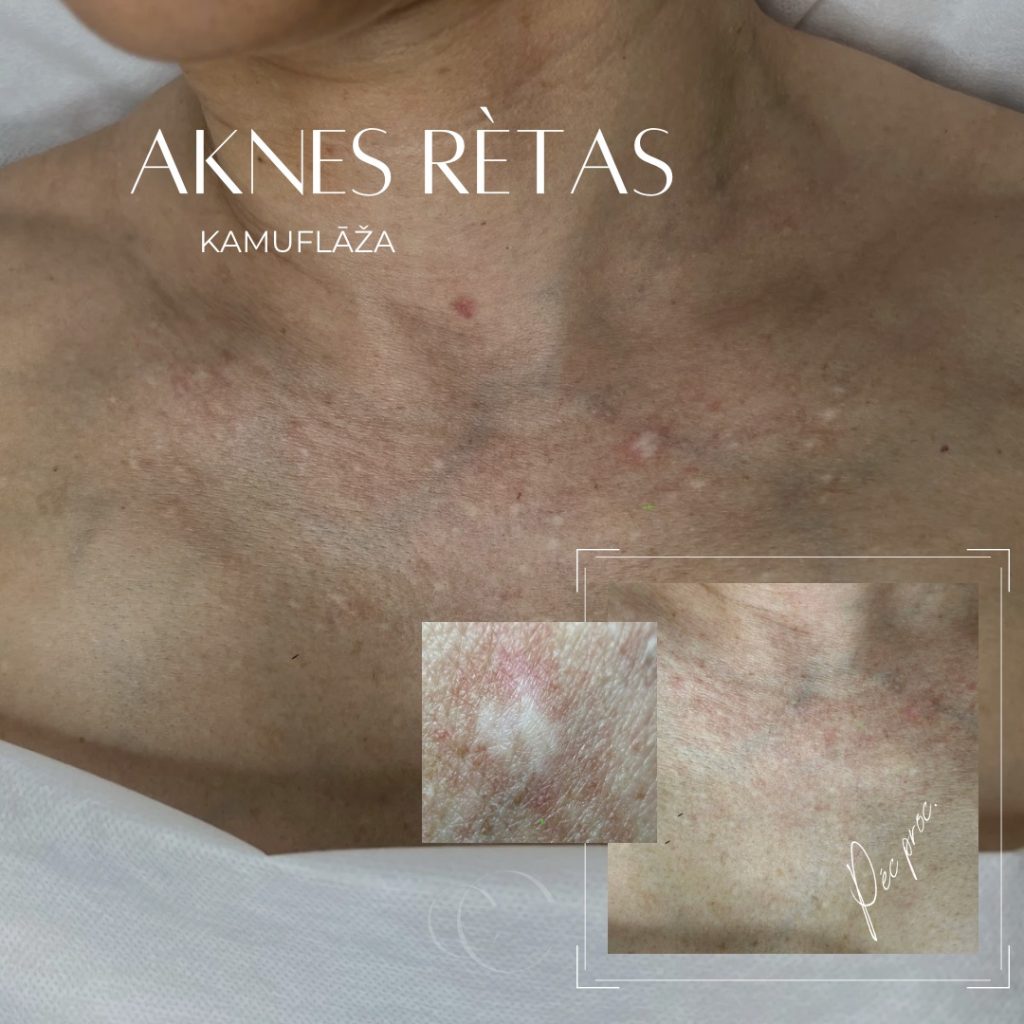

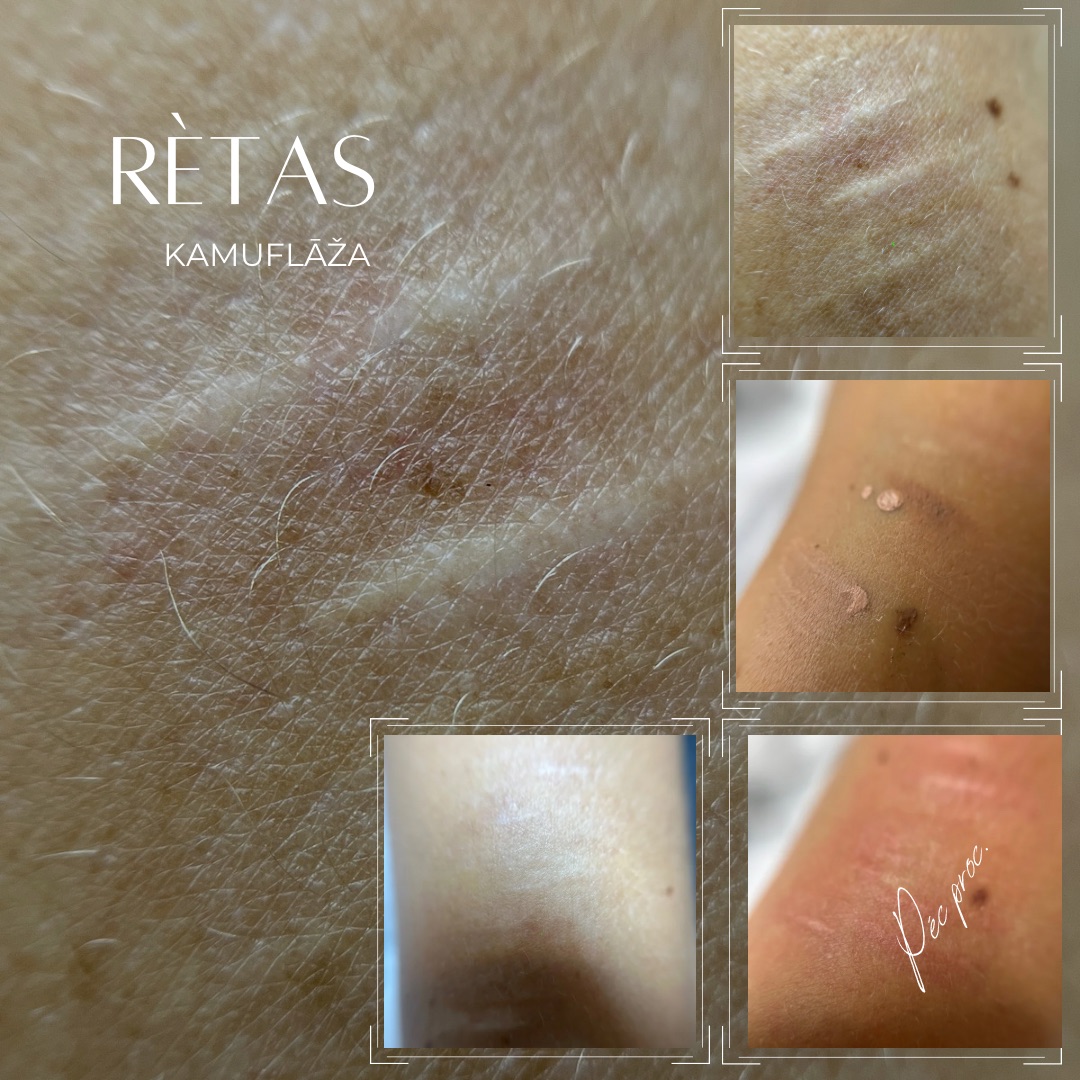
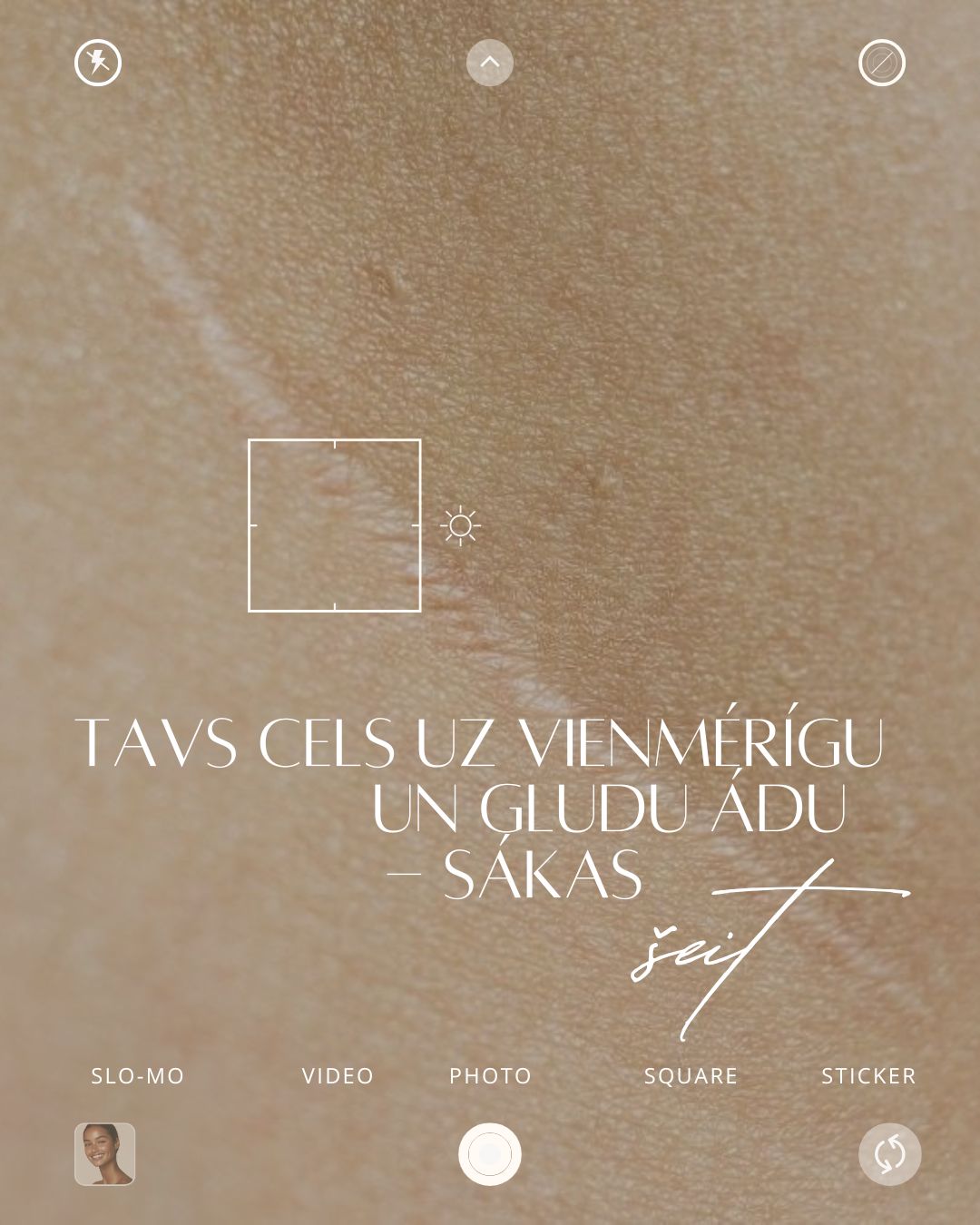
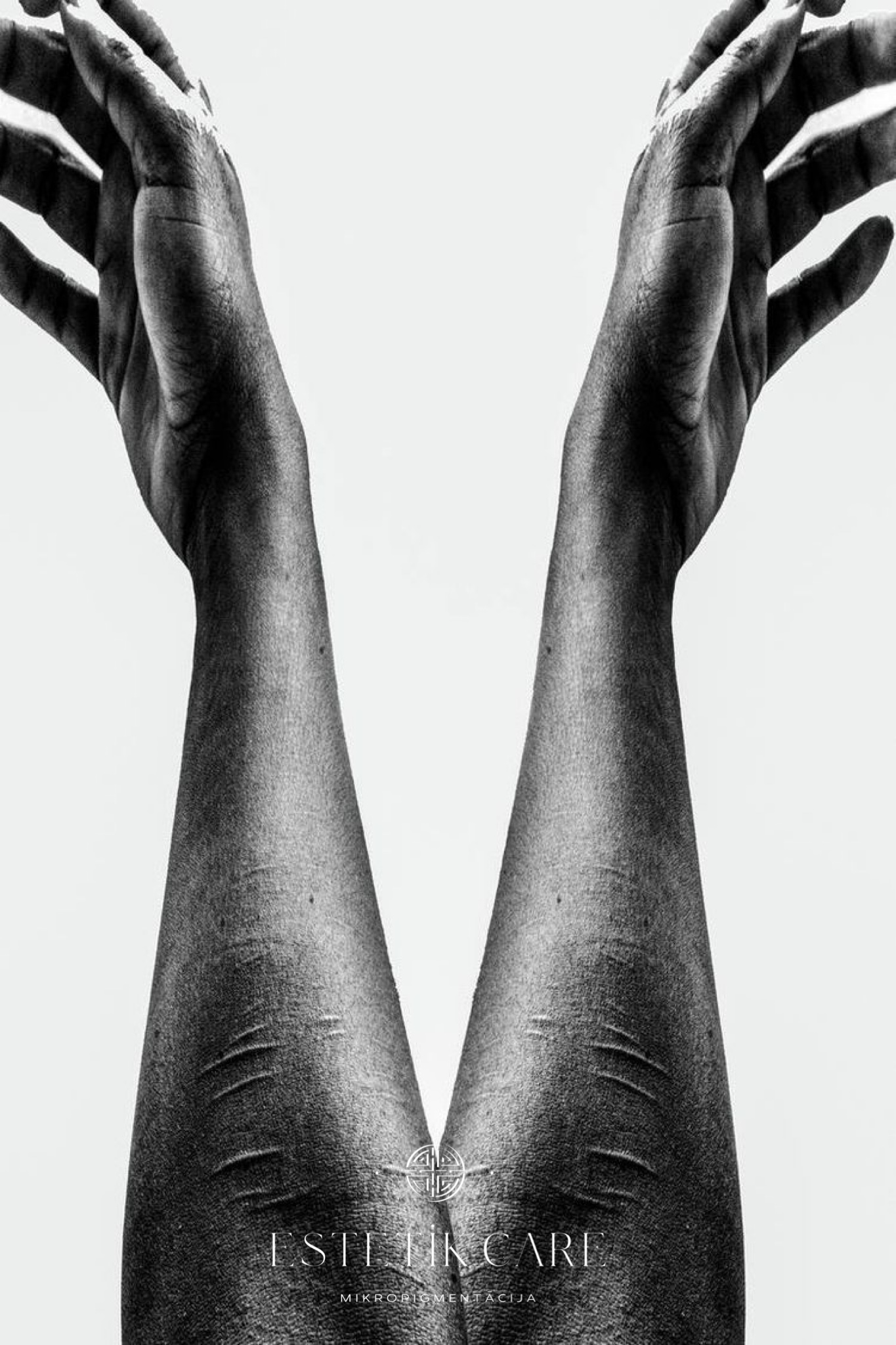
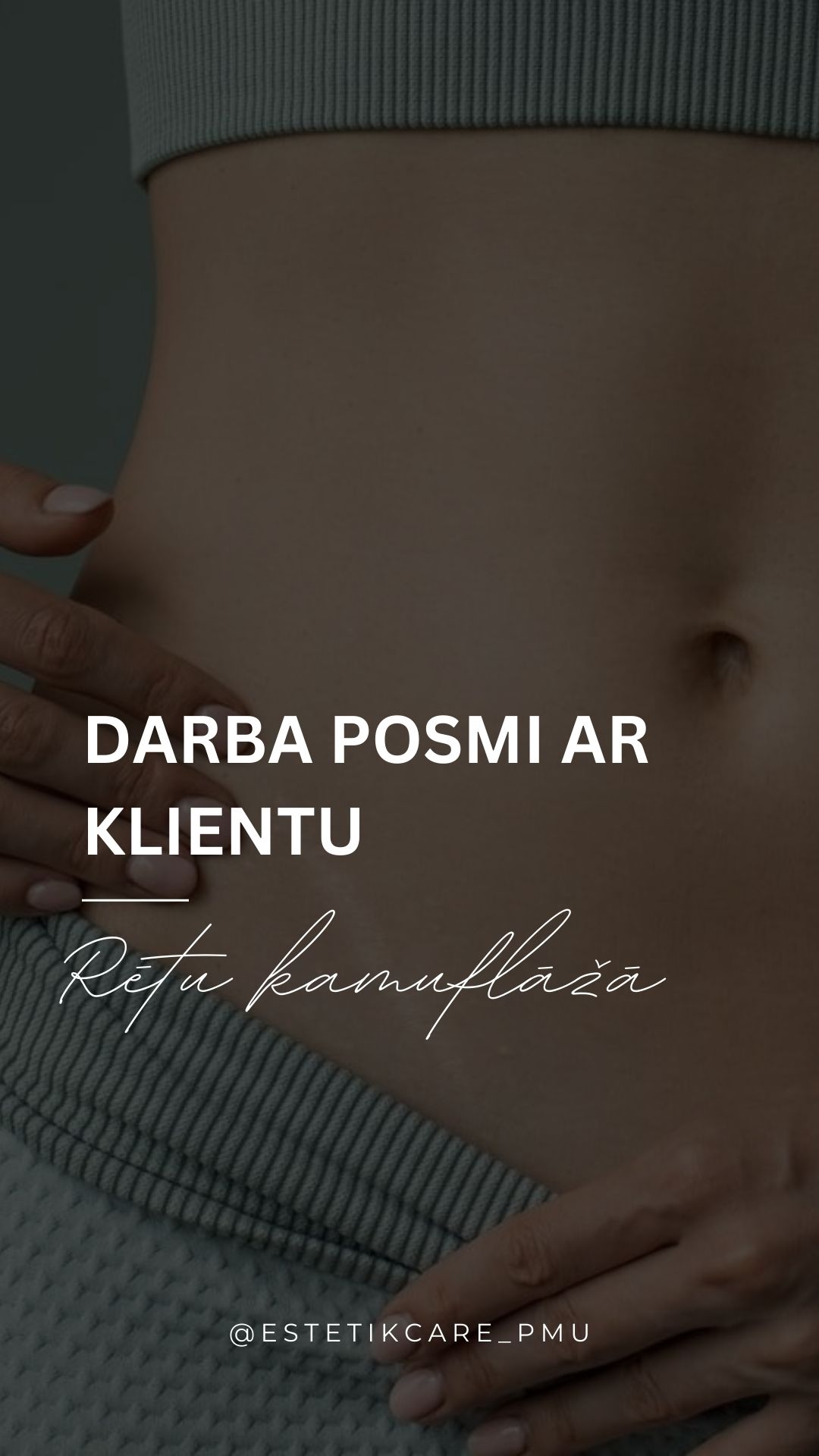

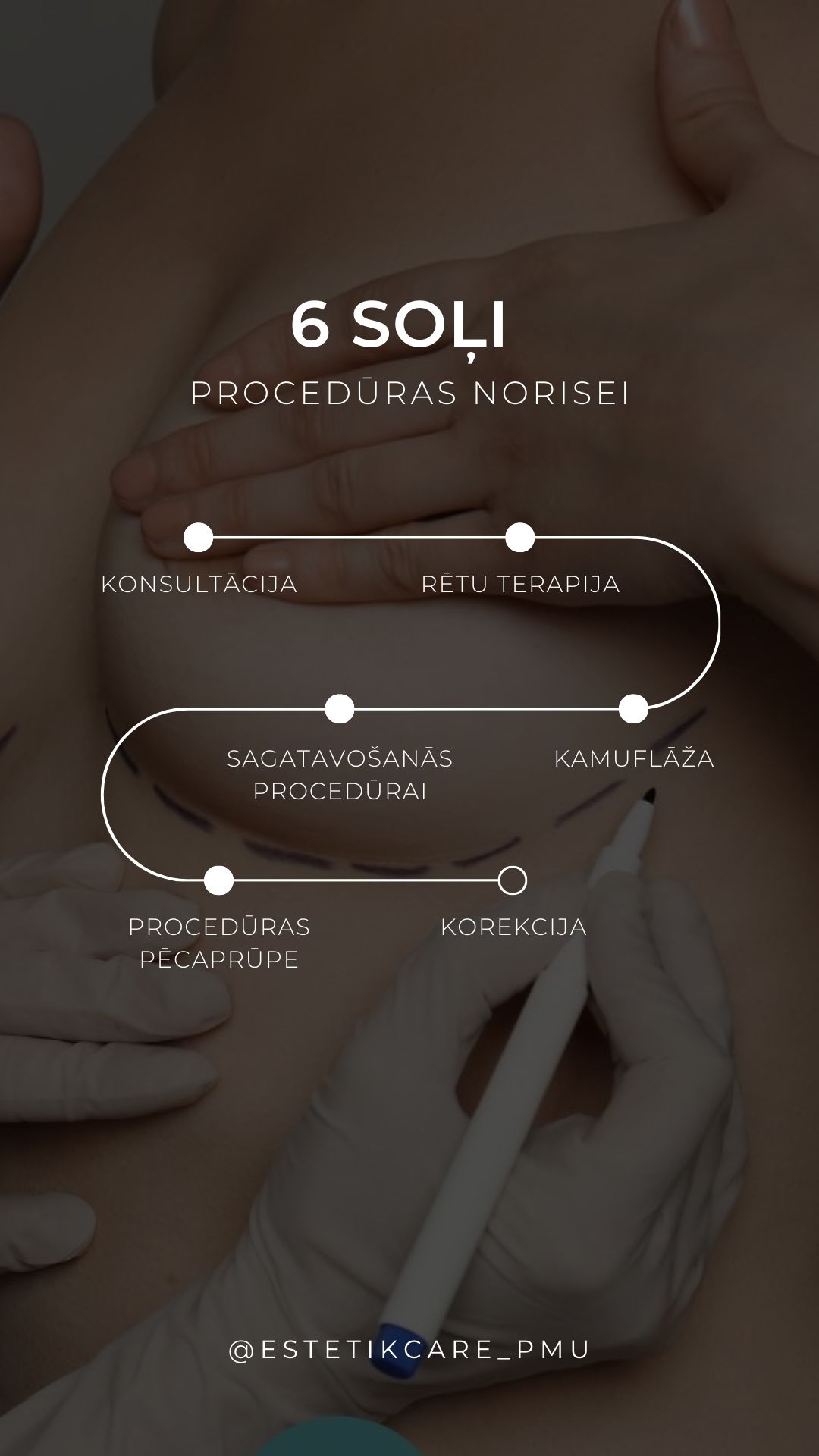
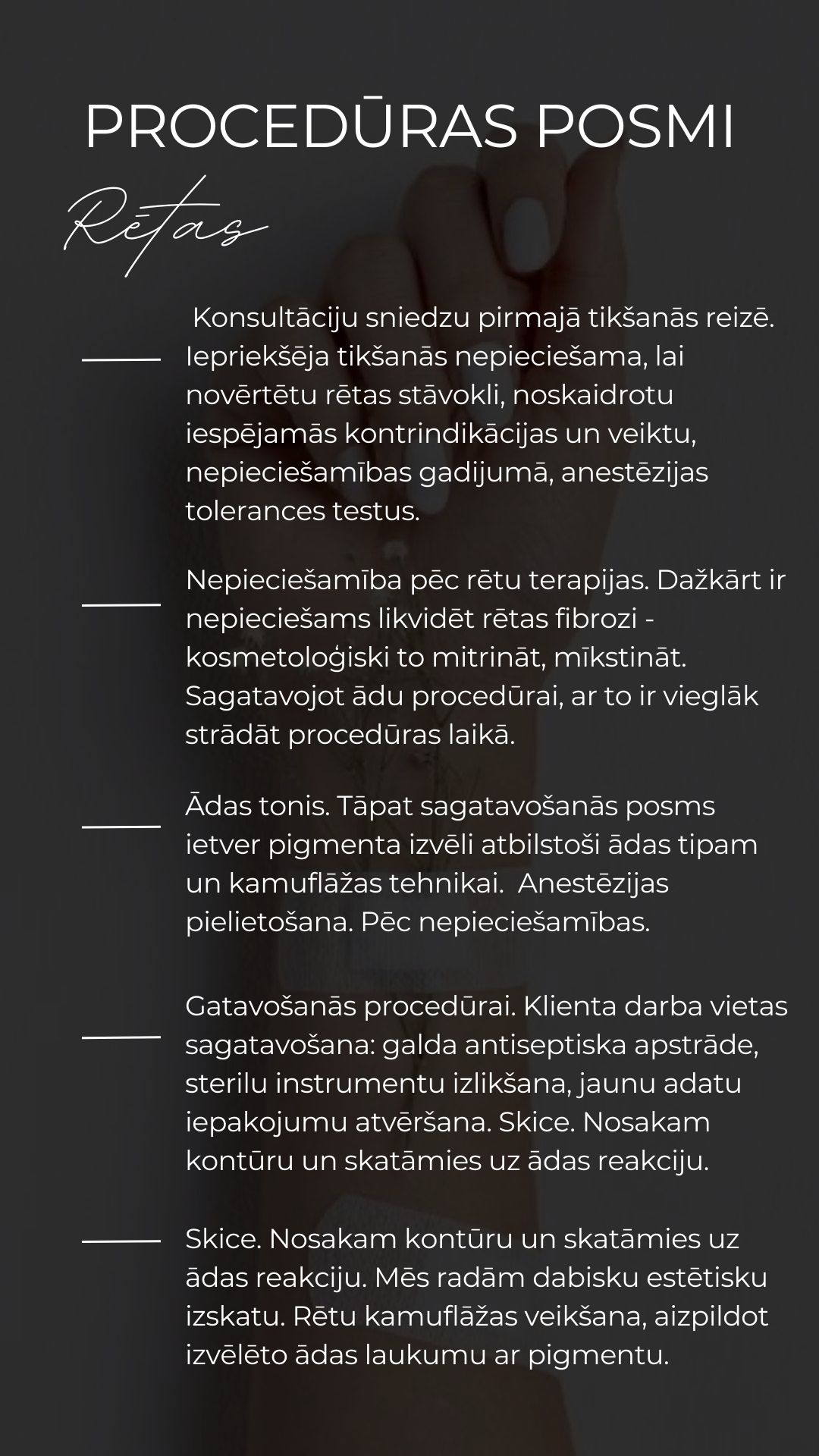


.png)